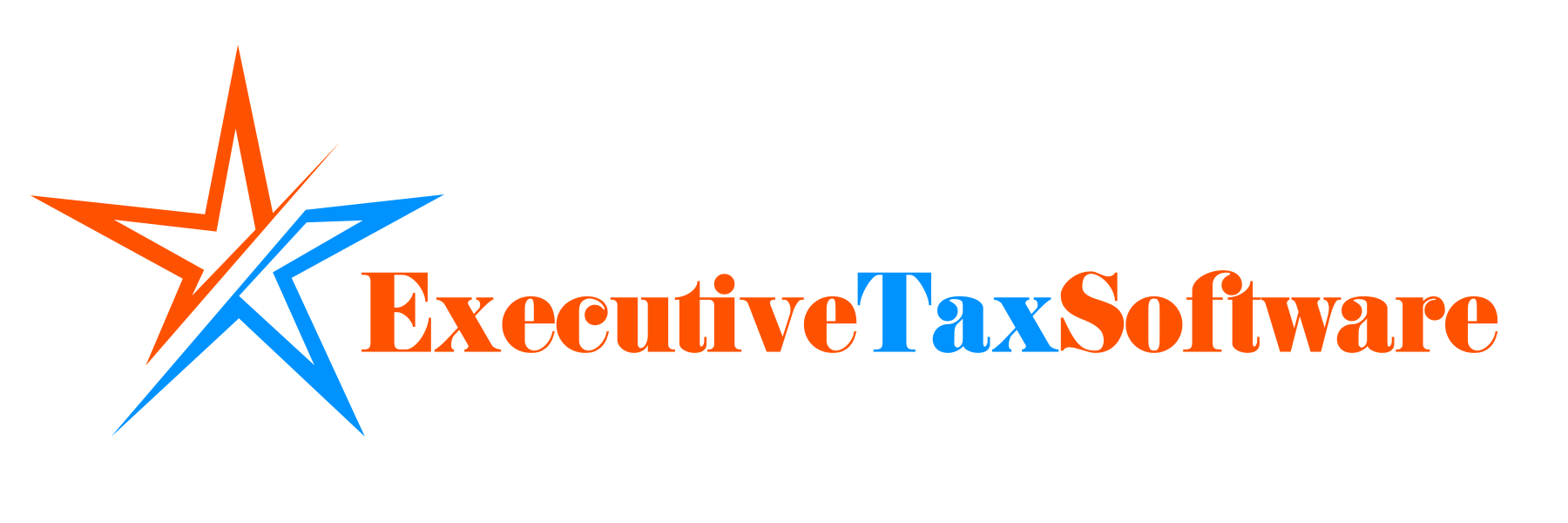IR-2019-105, June 6, 2019
WASHINGTON – The Internal Revenue Service today reminded taxpayers who pay estimated taxes that Monday, June 17, is the deadline for the second estimated tax payment for 2019. Examples of those who often need to pay quarterly estimated taxes are self-employed individuals, retirees, investors, and some individuals involved in the sharing economy, among others.
The Tax Cuts and Jobs Act (TCJA), enacted in December 2017, changed the way tax is calculated for most taxpayers, including those with substantial income not subject to withholding. Most TCJA changes took effect in 2018. As a result, many taxpayers ended up receiving 2018 refunds that were larger or smaller than expected, while others unexpectedly owed additional tax when they filed earlier this year. Because of this, taxpayers should consider whether they need to adjust the amount of tax they pay each quarter through estimated tax payments.
Form 1040-ES, available on IRS.gov, is designed to help taxpayers figure these payments simply and accurately. The estimated tax package includes a quick rundown of key tax changes, income tax rate schedules for 2019 and a useful worksheet for figuring the right amount to pay.
A companion publication, Publication 505, Tax Withholding and Estimated Tax, has additional details, including worksheets and examples, which can help taxpayers determine whether they should pay estimated tax. This includes those who have dividend or capital gain income, owe alternative minimum tax or have other special situations.
Who needs to pay quarterly?
Most often, self-employed people, including some individuals involved in the sharing economy, need to pay quarterly installments of estimated tax. Similarly, investors, retirees and others – a substantial portion of whose income is not subject to withholding – often need to make these payments as well. Other income generally not subject to withholding includes interest, dividends, capital gains, rental income and some alimony.
Because the U.S. tax system operates on a pay-as-you-go basis, taxpayers are required by law to pay most of their tax liability during the year. For 2019, this means that an estimated tax penalty will normally apply to any party that pays too little tax, usually less than 90 percent, during the year through withholding, estimated tax payments or a combination of the two. Exceptions to the penalty and special rules apply to some groups of taxpayers, such as farmers, fishermen, casualty and disaster victims, those who recently became disabled, recent retirees, and those who receive income unevenly during the year. In addition, there’s an exception to the penalty for those who base their payments of estimated tax



